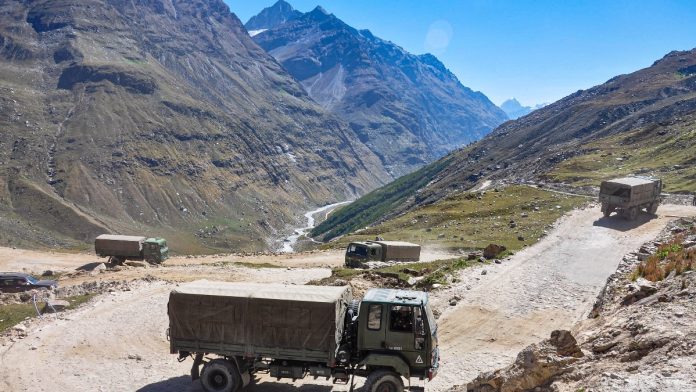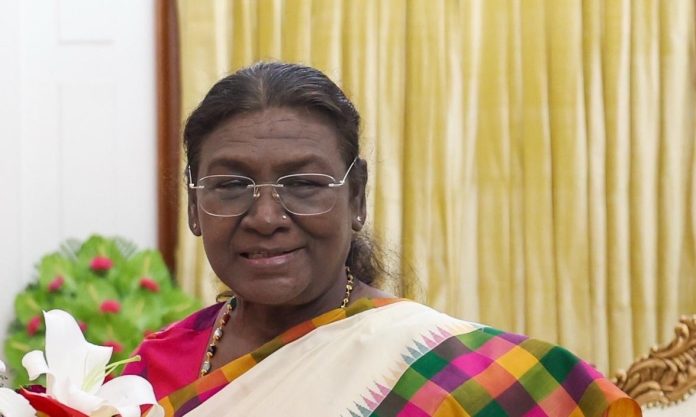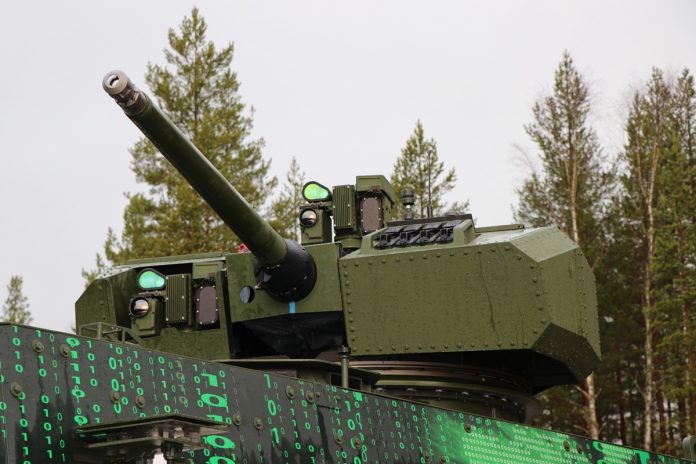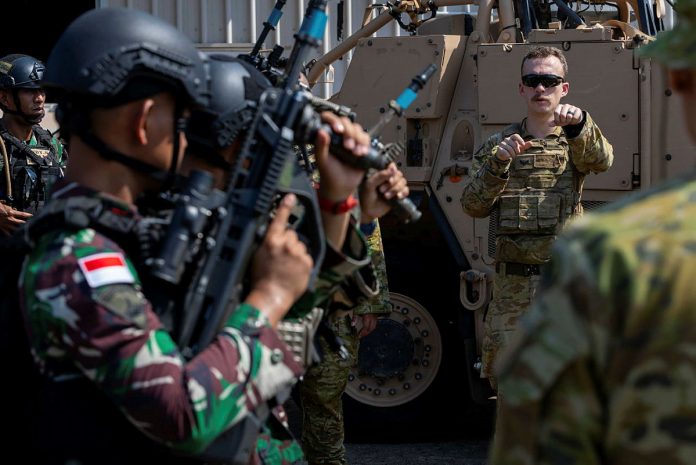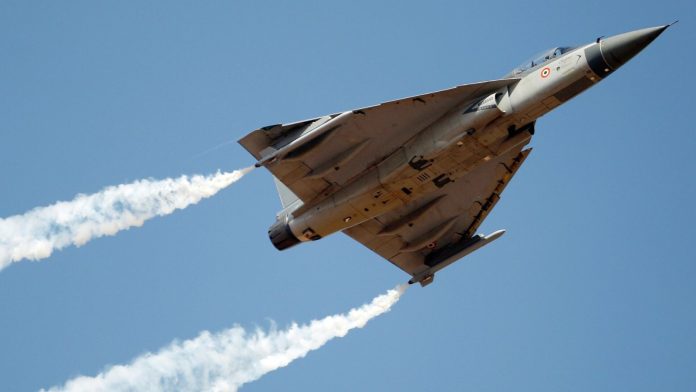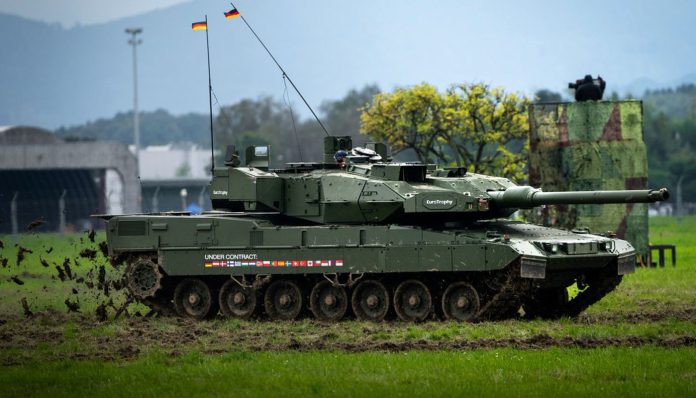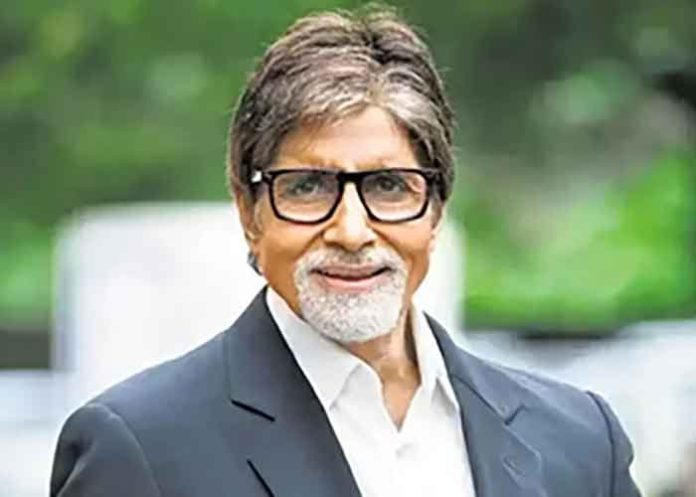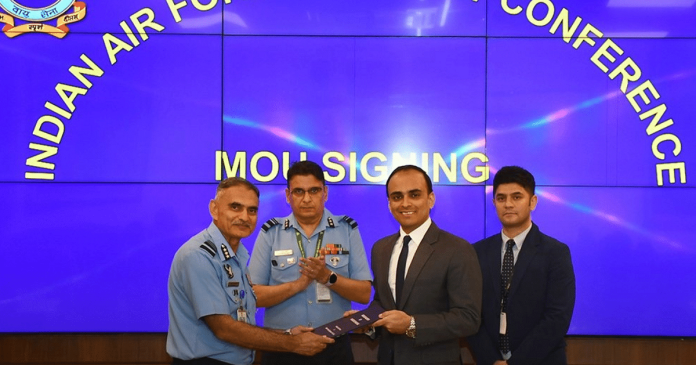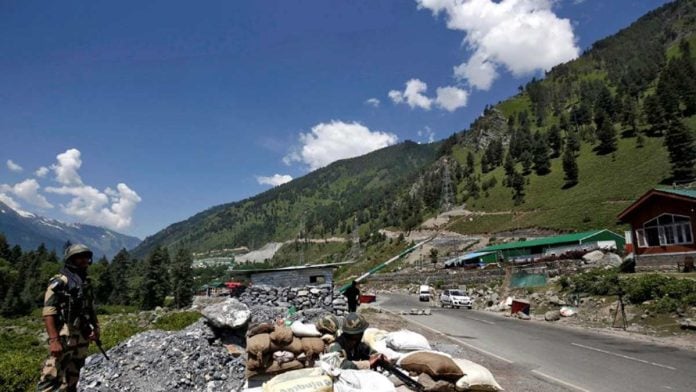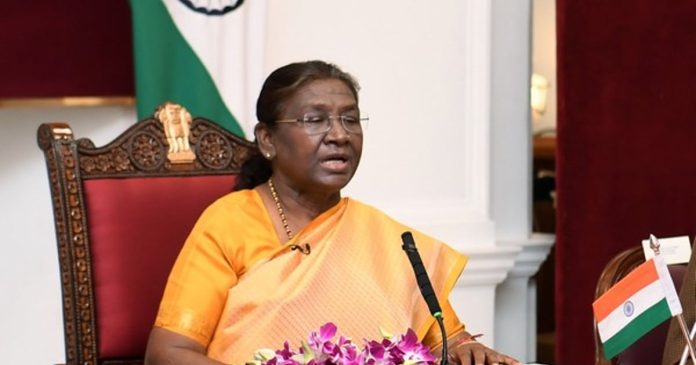In a strategic move that underscores India’s commitment to enhancing its military readiness, the Indian Armed Forces are set to initiate a comprehensive tri-services military exercise named ‘Poorvi Prahaar’ starting November 8. This extensive 10-day exercise follows recent disengagement between Indian and Chinese soldiers in eastern Ladakh, specifically at two critical friction points, Depsang and Demchok.
The ‘Poorvi Prahaar’ exercise aims to demonstrate the operational synergy among the Indian Army, Navy, and Air Force. It will incorporate a range of military assets to assess combat readiness and operational preparedness across all three branches. According to sources, the Indian Army plans to deploy various units, artillery guns, Light Combat Helicopters (LCH), and Unmanned Aerial Vehicles (UAVs) during the event. Concurrently, the Indian Air Force will utilize its fleet of advanced aircraft, including Su-30 MKI and Rafale fighters, as well as C-130J Super Hercules transport aircraft and a variety of helicopters. Air Force bases in Kolkata, Hashimara, Paanagarh, and Kalaikunda are slated to be activated specifically for the exercise.
The participation of the Indian Navy is notably highlighted by the role of its elite marine commandos, MARCOS, adding an additional layer of operational capability to the exercise. A senior defense official explained that the primary objectives of ‘Poorvi Prahaar’ are to evaluate the cohesive functioning of the three branches and to fortify India’s defense posture in the eastern sector.
This tri-services exercise is taking place against the backdrop of ongoing negotiations between India and China to de-escalate military tensions along the Line of Actual Control (LAC). Despite the recent withdrawal of troops from the conflict zones in Ladakh, discussions continue regarding the restoration of patrolling rights in the Yangtse area of the Tawang sector. This particular region had seen restricted access for the People’s Liberation Army (PLA) following a clash in December 2022, leading to increased strategic sensitivities.
As part of its dual approach to diplomatically engage China while simultaneously enhancing military capabilities, India is focused on augmenting its readiness along the LAC. A defense source noted that this strategy serves to enhance India’s leverage in pursuing a peaceful resolution while also ensuring the nation’s sovereignty is defensively safeguarded.
Adding to the significance of this military exercise, Defence Minister Rajnath Singh is anticipated to visit the Tawang sector during the upcoming Diwali celebrations. His visit is expected to reinforce the government’s commitment to national security in the region and coincide with the ‘Poorvi Prahaar’ preparations. This exercise represents not only a tactical drill but also a declaration of India’s resolute aim to maintain stability and security along its borders with China, marking a notable shift towards a more proactive defense strategy.

